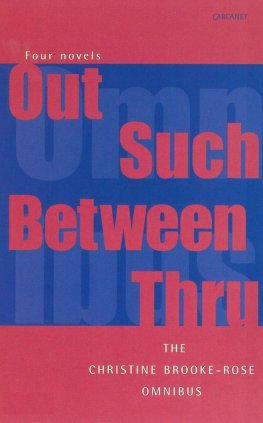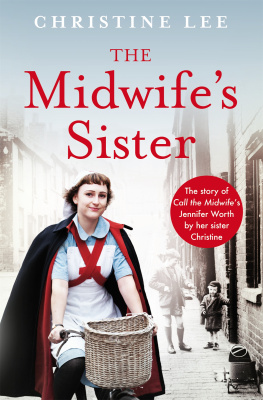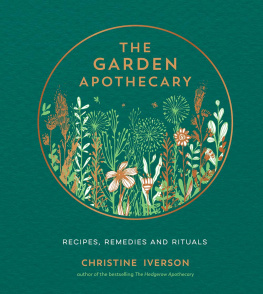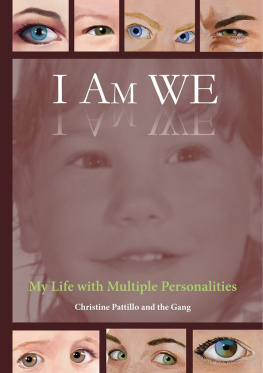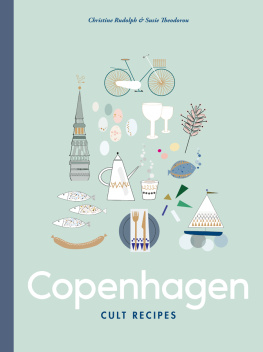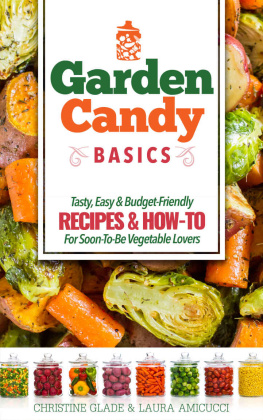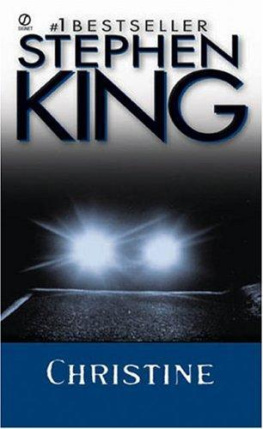Inhalt
Best of Wachau!

Love is always one of the ingredients when christine Saahs cooks a love for the Wachau, for her guests, and for the regions outstanding natural products.
In this book, the top-flight chef presents classic dishes from the Wachau and reveals tips for ensuring that they turn out well every time. Christine Saahs also writes of her childhood and vividly describes life in this unique World Cultural Landscape in the Danube Valley.
CHRISTINE SAAHS
The Wachau Cookbook
CHRISTINE SAAHS
The
Wachau
Cookbook
CULINARY WORLD
CULTURAL HERITAGE
FROM THE HEART
OF AUSTRIA


CONTENTS
PREFACE
ONE OF THE GREAT GIFTS given to me is the privilege to live and work in the Wachau. To me it is a landscape of broad views: from the vineyards to the Danube, from the ruins towering above to the ancient, red-roofed villages below, from steep, dry grasslands to the valleys of the Danube tributaries. But the Wachau is far more than that. This 36-kilometre-long stretch of the Danube from Emmersdorf and Melk in the west to Mautern and Krems in the east is one of the oldest cultivated landscapes in Europe in general and Austria in particular. On the northern banks of the river at Willendorf, small tool fragments were recently found that somehow survived the millennia in a layer of earth deposited 43,500 years ago. I believe that the true heartbeat of a land can be heard only in a place with such ancient evidence of human civilization. And it can be found only along the lifeline of the greatest river flowing through that land.
Sometimes I try to imagine how the Wachau might have looked 40,000 years ago: the forest would have been wild and overgrown and would have extended to the banks of a free-flowing river. In any case, the landscape would probably not have worked the same magic it does on me and on the many visitors today. It is certain, however, that even at that time the Wachau was in a favoured climatic zone and offered an adequate supply of food. Around the time of the birth of Christ, the river was shared between the Romans on the southern banks and the Germanic peoples to the north of the Danube, which was at the same time both a protective boundary and a prized commercial artery.
Today the Wachau remains a symbol of the hospitality of feeding and sheltering visitors, a tradition that began with the establishment of the monasteries in the 11th century. They provided lodging for itinerant traders and clergy, feeding them with the yield from the monastery gardens, kitchens and cellars. But there is much earlier documentary evidence of the Wachau: the oldest surviving record, dated 6 October 830, mentions a Locus Uahouua. A century and a half later Bishop Pilgrim of Passau convened church leaders for a transregional synod at the early Christian basilica in Mautern. In the 11th century the chapel of our Nikolaihof was erected on its remains.
Here, at the oldest wine estate in Austria, I live and work together with my family, continuing an ancient Wachau tradition: in harmony with nature we produce first-class, biodynamic wine and food and serve them to our guests. My understanding of hospitality entails bringing the highest possible quality to the table.
We turn our agricultural products into outstanding and delicious good plain fare with a regional accent. Everything we do not grow ourselves is carefully selected from other growers in the immediate vicinity.
When it comes to viticulture, we follow the biodynamic guidelines of Demeter International: only vegetable and mineral substances are used to promote the growth of the vines. I observe the same principles in selecting food for my kitchen. In this regard, I strongly recommend that the readers of this cookbook pay close attention to organic quality. These wonderful recipes from the Wachau simply taste better when they are made with organic ingredients. In addition, the use of organic foodstuffs signals respect for Mother Nature and her gifts to us. This I consider to be an indispensable principle in preparing fine cuisine. And if the dishes are then prepared with love as well, there is nothing to stand in the way of an excellent meal.
I hope you enjoy browsing through the Wachau stories and anecdotes in this book and find pleasure in trying out the recipes.
Christine Saahs

Smoked Fish Tartare
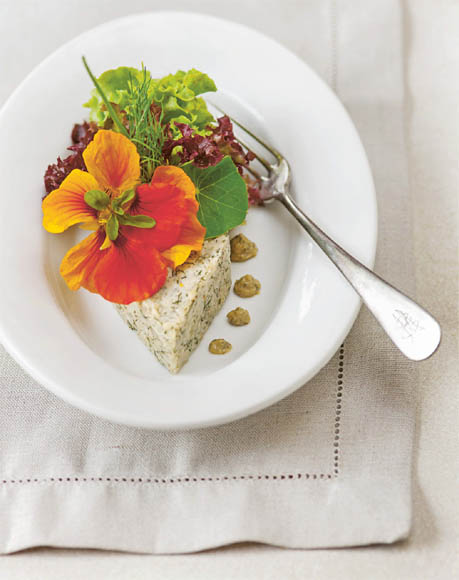
INGREDIENTS
FOR 4 SERVINGS

1 large onion, thinly sliced
2 tablespoons tarragon mustard
3 tablespoons English mustard
3 tablespoons olive oil
2 tablespoons dill, finely chopped
3 drops Tabasco
5 drops chilli sauce
Natural salt
Freshly ground black pepper
500g smoked fish, finely chopped
Nasturtium blossoms for garnish
Stir together the onion, mustard, olive oil, dill, Tabasco, chilli sauce, salt and pepper, mix with the smoked fish, and season to taste. Let rest in the refrigerator for approx. 12 hours. Use a spoon to make small dumplings or set a ring mould on a plate, fill with the tartare, press down lightly, and lift the mould from plate.
Garnish with lambs lettuce or small lettuce leaves, blossoms and dill mustard.
Tip
Any fish may be used for the tartare (char, trout, carp, etc.).
Natural salt is unrefined salt that comes directly from the mine and contains all the important minerals. It is available in health-food shops.
Mousse of Smoked Fish
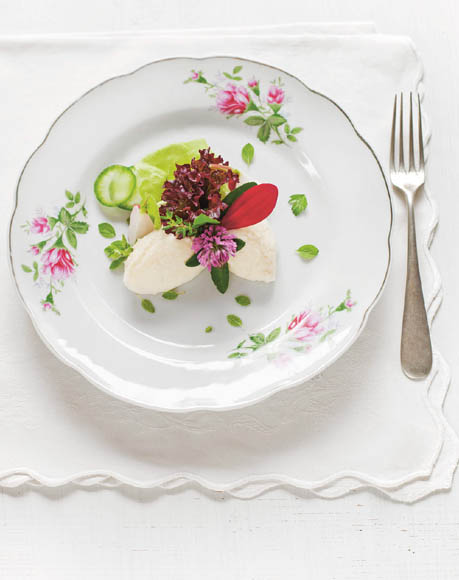
INGREDIENTS
FOR 4 SERVINGS

5g gelatin or 3 gelatin leaves
250g smoked fish (trout, char,
eel, salmon, etc.)
250ml whipping cream
2 teaspoons lemon juice
Natural salt
Freshly ground black pepper
Clover blossoms for garnish
Soak the gelatin leaves in cold water.
Cut the smoked fish into small pieces, pure with 5 tablespoons of cream and put the mixture into a bowl. Whip the remaining cream until stiff. Remove the gelatin from the water and press out the liquid. Heat in a bit of water until it dissolves, and whisk immediately into the fish mixture. Then fold in the beaten cream and season to taste with lemon juice, salt and pepper.
Immediately put the mixture into moulds, glasses or a bowl and refrigerate for several hours until it sets.
Tip
Remove the mousse from the mould by dipping it briefly in boiling water, or use a soup spoon to serve small dumpling shapes from the bowl.
Suitable garnishes/accompaniments are various small lettuce leaves, blossoms, dill mustard, butter and white bread.
Bread Dumplings


